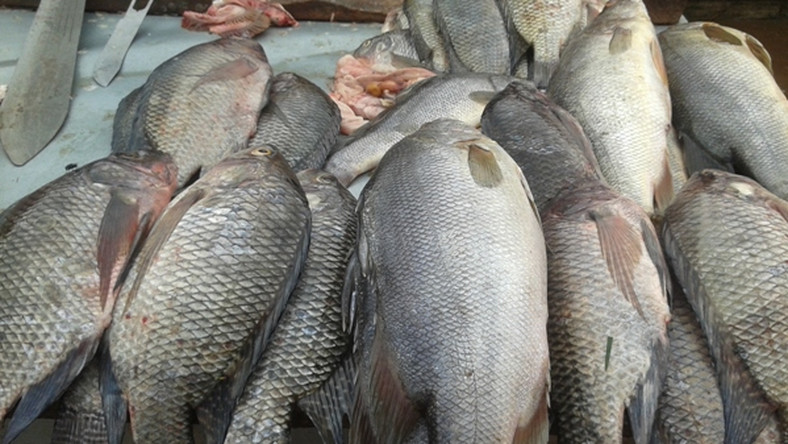The total fish output in Kenya increased by 10 per cent from 135,100 tonnes in 2017 to 148,300 tonnes in 2018 according to the 2019 Economic Survey report by the Kenya National Bureau of Statistics.
The survey reveals that fish from fresh water sources increased from111, 800 tonnes in 2017 to 124,100 tonnes in 2018. In this, Lake Victoria accounted for 66.1 per cent of the total fish landed with an output of 98,200 tonnes in 2018.
Marine fish production on the other hand increased by 4.1 per cent to 24,200 tonnes. The continued low share of marine fish landing is attributed to lack of technology and inadequate facilities necessary for fishing in deep waters.
Related content
Liquid Telecom Kenya’s IoT network enables fish farmers to monitor ponds and increase production

The improved production led to the total value of fish output rising by 4.5 per cent to Sh24bn in 2018. In this, the value of fish from freshwater sources grew from Sh18.6bn in 2017 to Sh19.4 bin in 2018. Fish landed from fresh water sources accounted for 81 per cent of the total value of fish. Similarly, the value of fish from marine sources increased by 4.4 per cent from Sh4.4bn in 2017 to Sh4.6bn in 2018.
According to the Kenya Marine and Fisheries Institute, the fisheries and aquaculture sector contributes about 0.8 per cent to the Gross Domestic Product (GDP), providing direct employment opportunities to over 500,000 people and supporting over two million people indirectly.
Currently, the per capita annual fish consumption in Kenya is estimated at 4.5 kg/capita/year.
















Comments powered by CComment